El passat dissabte 29 d’abril vam assistir a la TROBADA dels GEGANTS D’HOSTALRIC en Ramón Berenguer II “Cap d’Estopa” i na Mafalda de Pulla-Calàbria .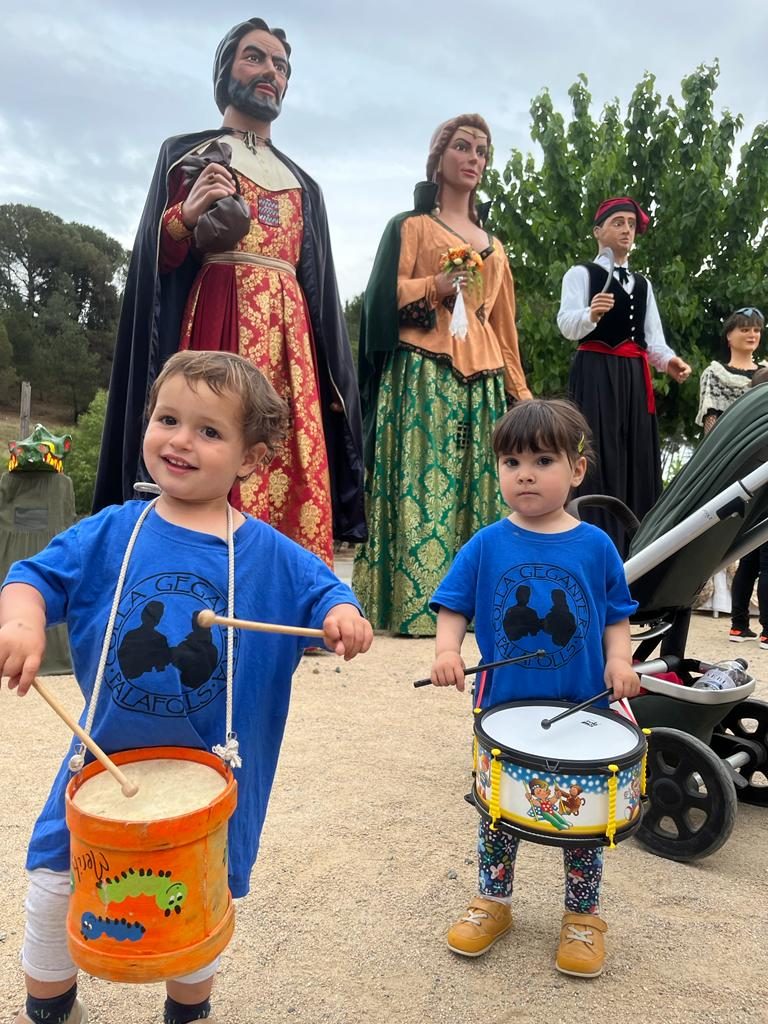
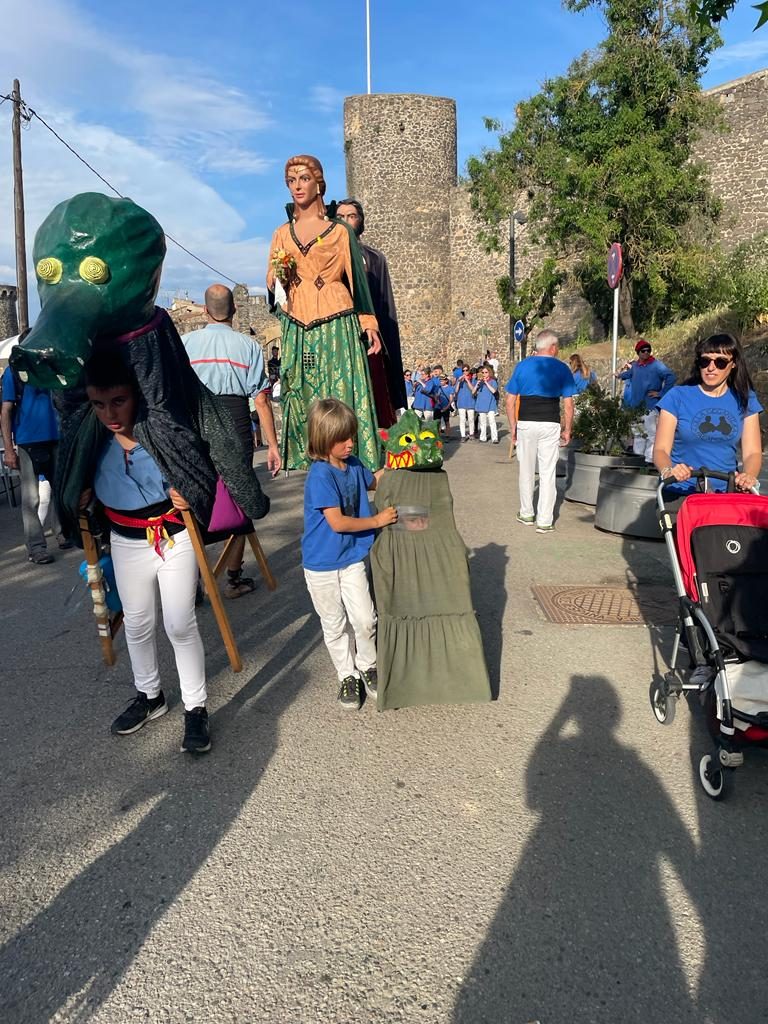
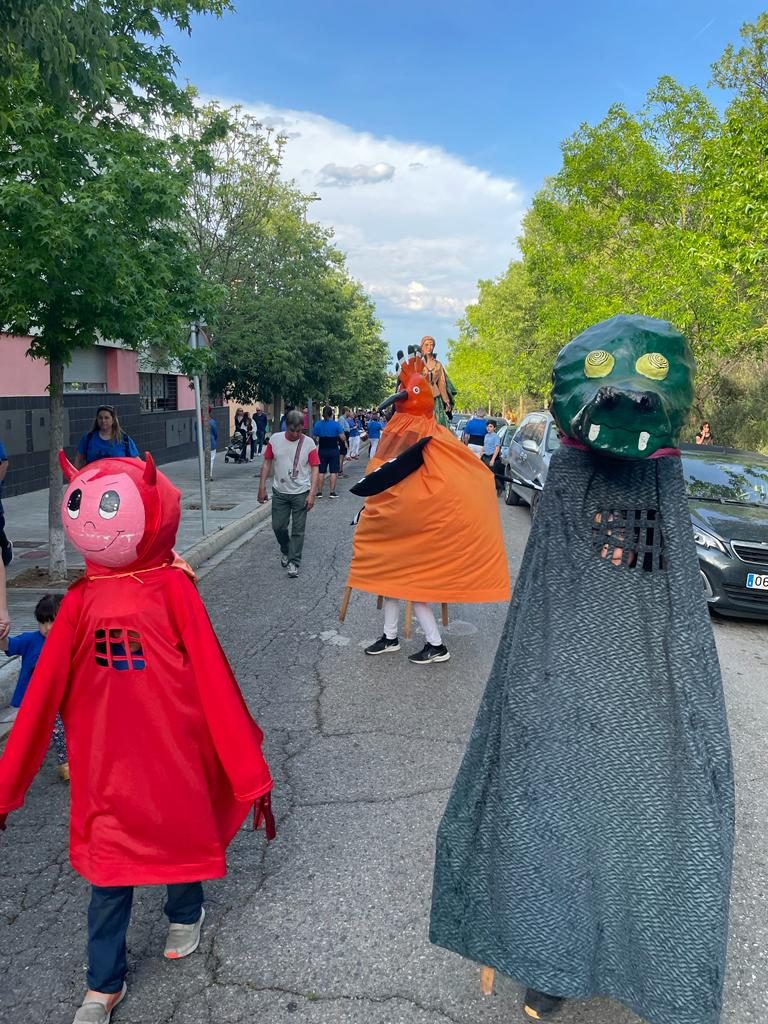
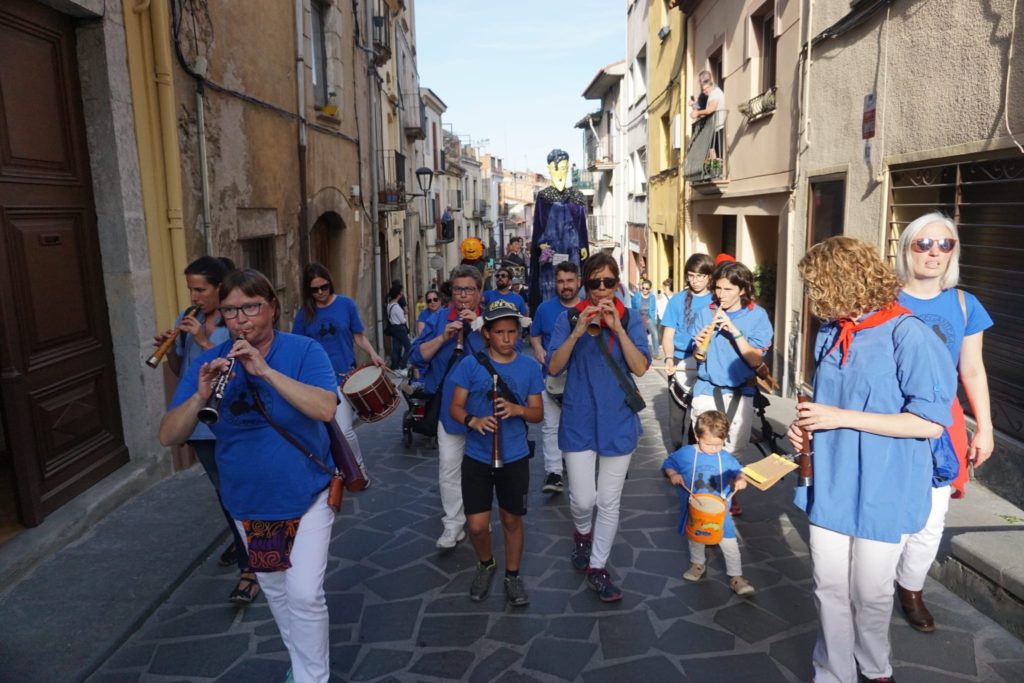
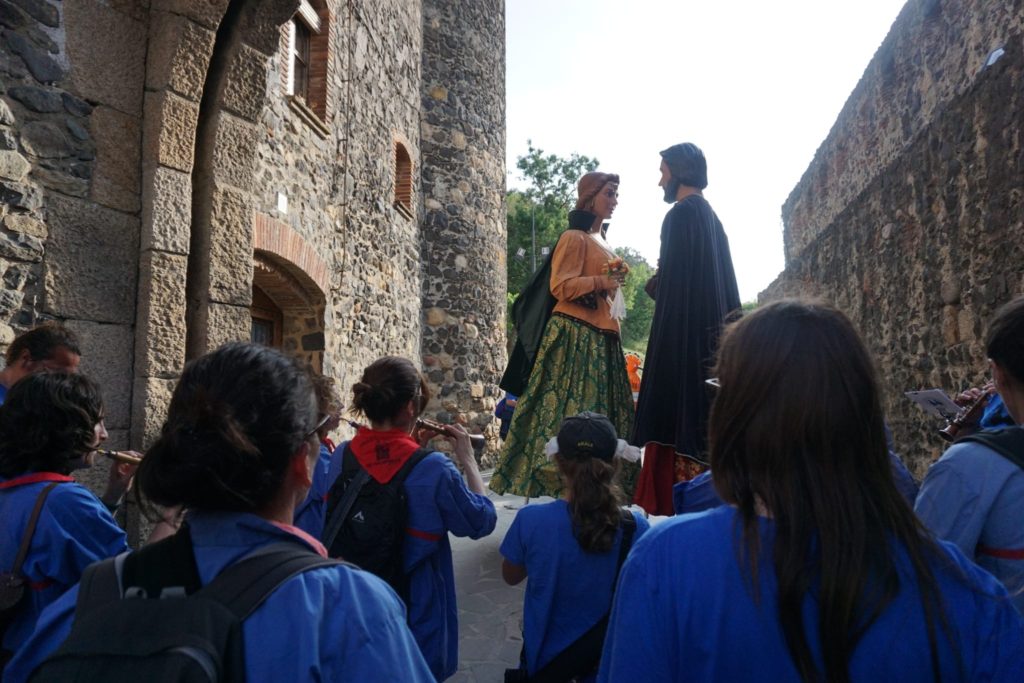
Visites
-
Entrades recents
- Hostalric 2023
- Manlleu 2023
- Fira d’entitats Palafolls
- CALENDARI 2023
- Sant Andreu de LLavaneras 2017
- Hereu del Maresme 2017 ( Trobada Comarcal – Cabrils)
- Vilablareix 2017
- Vallgorguina 2017
- TROBADA GEGANTERA DE PALAFOLLS 2017
- Tordera 2017
- Calonge 2017
- Sant Cugat 2017
- L´Aplec de l´Erola 2017
- Joan Petit (Tordera)
- Cardedeu 2017
- Ton (Salesians Mataró) 2017
- Hostalric 2017
- 10è Aniversari de la Biblioteca Municipal de Palafolls
- Sant Iscle de Vallalta 2017
- Taller de Fanalets 2017
- “Caga Tió” 2016
- Sant Cebrià de Vallalta 2016
- Vilablareix 2016
- TROBADA GEGANTERA DE PALAFOLLS 2016
- Pineda de Mar 2016
Calendari
C++ is a powerful and versatile programming language that is widely used in the software industry for building various applications and systems. If you are interested in learning C++, there are several options for training, depending on your level of expertise and learning style.
Online Courses: Online courses are a popular and convenient way to learn C++. There are several websites that offer C++ courses, including Udemy, Coursera, Codecademy, Pluralsight, and many more. These courses typically provide video lectures, interactive exercises, and quizzes to help you learn and practice C++ programming.
Books: There are several books available on C++ programming that are widely used as training resources. Some popular books include “C++ Primer” by Stanley B. Lippman, “Effective C++” by Scott Meyers, and “The C++ Programming Language” by Bjarne Stroustrup. These books provide in-depth coverage of C++ programming concepts and syntax.
Bootcamps: Bootcamps are intensive training programs that focus on practical, hands-on learning. There are several bootcamps available for C++ programming, such as Hack Reactor, Fullstack Academy, and many more. These programs typically last several weeks and provide a comprehensive curriculum that covers various aspects of C++ programming.
College or University Courses: Many colleges and universities offer courses on C++ programming as part of their computer science or engineering programs. These courses typically provide a structured curriculum, assignments, and exams to help you learn C++ programming in a classroom setting.
Regardless of which training option you choose, it is important to practice C++ programming regularly to improve your skills and gain experience.